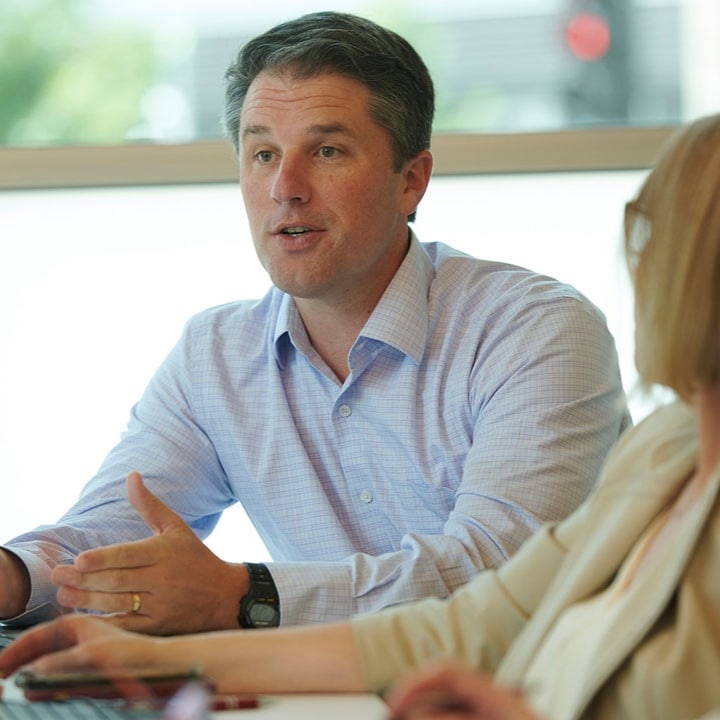Frontier plans to deploy fiber broadband to at least 100,000 more locations than originally planned this year, said Frontier Chief Financial Officer Scott Beasley at an investor conference yesterday. The company’s original build target for the year was one million locations, but it may exceed that target by as many as 200,000 additional locations, Beasley said.
After emerging from bankruptcy last year, Frontier announced a new fiber-focused strategy, including plans to have fiber broadband available to a total of 10 million locations by 2025. At that time, the company outlined a three-wave deployment strategy.
Wave 1 has already been completed, and Wave 2 began this year and will extend until 2025.
While it might be tempting to deploy fiber to the Wave 2 locations that are least costly to reach first, Beasley said that’s not the company’s strategy. Instead, he said the company is using a “super cluster” approach in which service is deployed to all locations in a geographic area as part of a single project.
“In order to achieve the lowest total cost over the life of the build, you only want to mobilize crews once,” Beasley observed. “When you go to an area, you build out an entire area, you don’t just build the lowest cost parts there. You build as broadly as you can and then you’ve got the scale to go to market in that area in a very viable way. You get better economies of scale in your marketing and distribution channels.”
Frontier continues to meet its fiber cost target of $900 to $1,000 per location in Wave 2, the company reiterated in a press release today, and according to Beasley, “we’re going to have roughly even build costs throughout all of Wave 2.”
Asked to define a “super cluster,” Beasley said “You don’t need to define it precisely. You’re going to do everything within a certain geographic area where you can get the best economics of both mobilizing your construction crews only once but also do your marketing – so a DMA.”
A DMA, or designated market area, is basically the area covered by local television and radio stations.
Beasley added, though, that “there are only so many . . . homes you can build in a location without overwhelming that area, so we’ve got to be mindful of that.”
In general, though, he said “we like to do a whole geography all at once.”
Frontier has not yet firmed up plans for Wave 3 of its fiber deployment strategy, which will target higher cost areas, but as Beasley noted, the company expects to be able to formulate those plans, now that the government has made an unprecedented level of funding available to cover some rural broadband deployment costs and now that details of those programs have been made public.
A replay of Beasley’s comments, which were made at the MoffettNathanson Media Communications Summit, can be found at this link.

